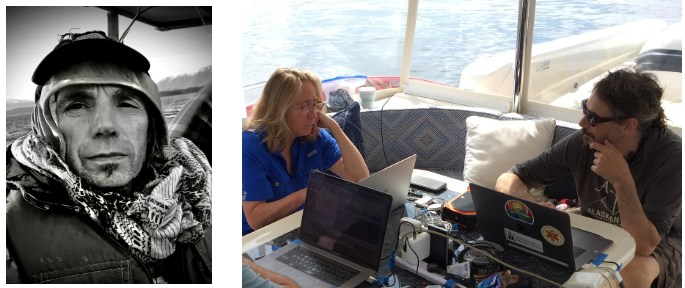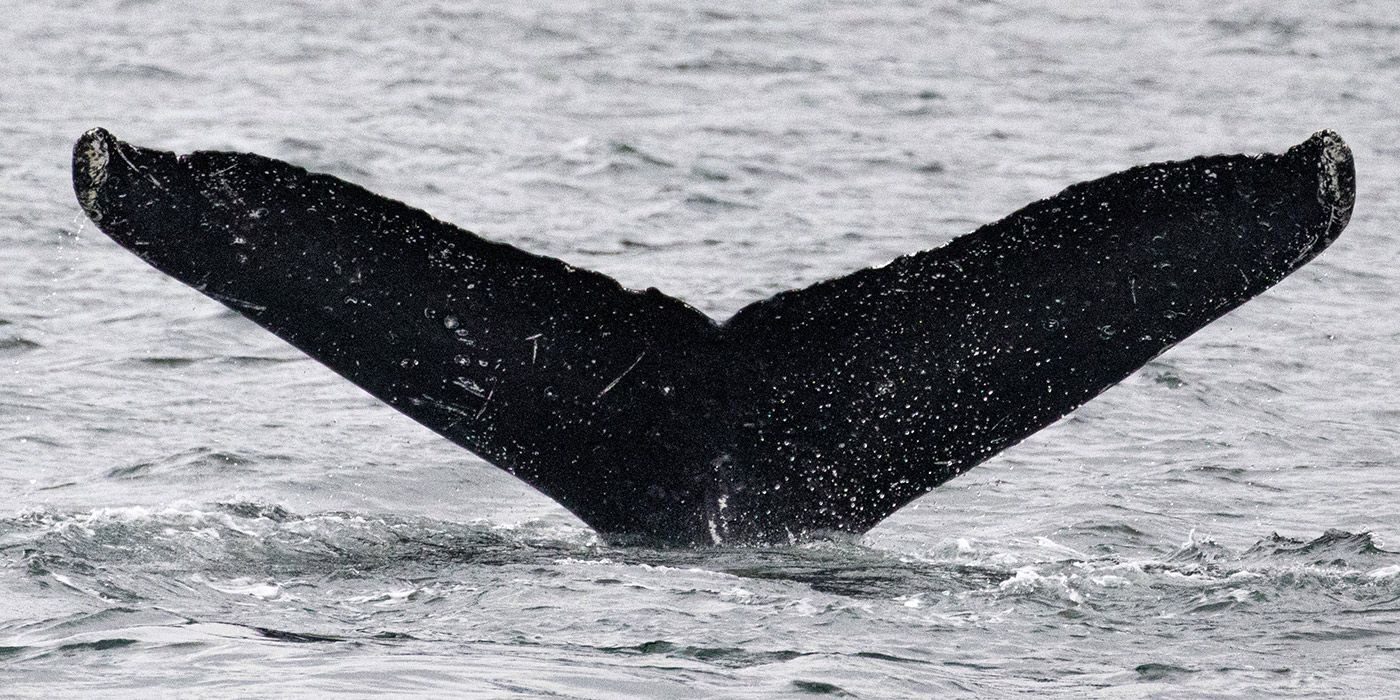A description and analysis of the encounter appears in a recent issue of the journal Peer J. entitled: "Interactive Bioacoustic Playback as a Tool for Detecting and Exploring Nonhuman Intelligence: "Conversing" with an Alaskan Humpback Whale." "We believe this is the first such communicative exchange between humans and humpback whales in the humpback "language," said lead author Dr. Brenda McCowan of U.C. Davis. "Humpback whales are extremely intelligent, have complex social systems, make tools - nets out of bubbles to catch fish -, and communicate extensively with both songs and social calls," said coauthor Dr. Fred Sharpe of the Alaska Whale Foundation.

Similar to studying Antarctica as a proxy for Mars, the Whale-SETI team is studying intelligent, terrestrial, non-human communication systems to develop filters to apply to any extraterrestrial signals received. The mathematics of information theory to quantify communicative complexity - (for example rule structure embedded in a received message) will be utilized.
Other team members and coauthors of the paper are Dr. Josie Hubbard, Lisa Walker, and Jodi Frediani, with specialties in animal intelligences, humpback whale song analysis, and photography and behavior of humpback whales, respectively. A second paper by the team will soon be available on the non-audio communicative behavior of humpback whales - bubble rings made in the presence of (and possibly for) humans. The authors would like to acknowledge the Templeton Foundation Diverse Intelligences Program for financial support of this work.




Bring on Z Cochran and warpdrive so as to alert some Vulcans!